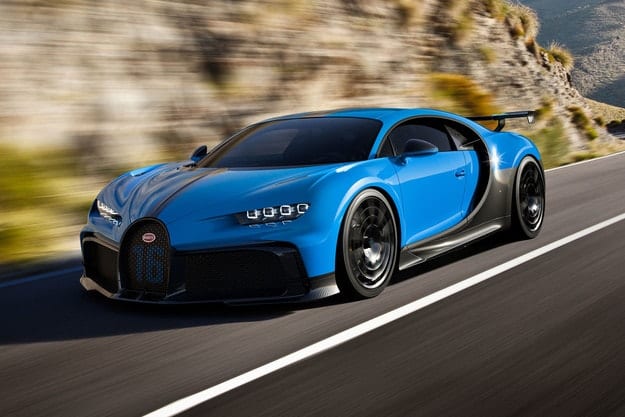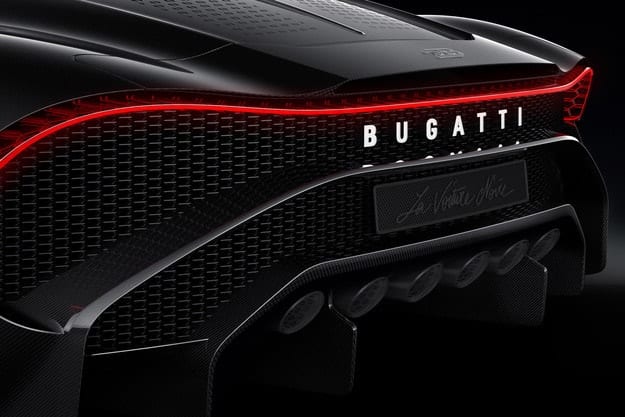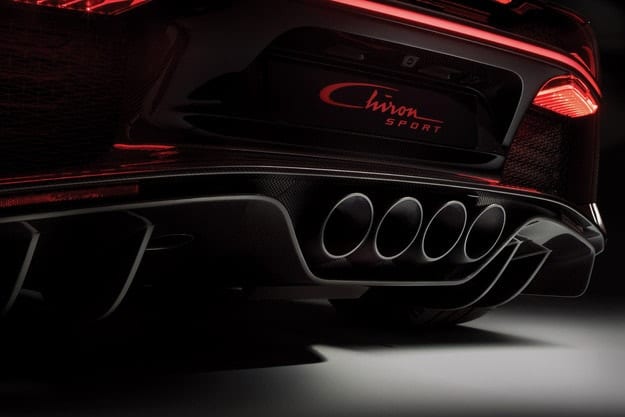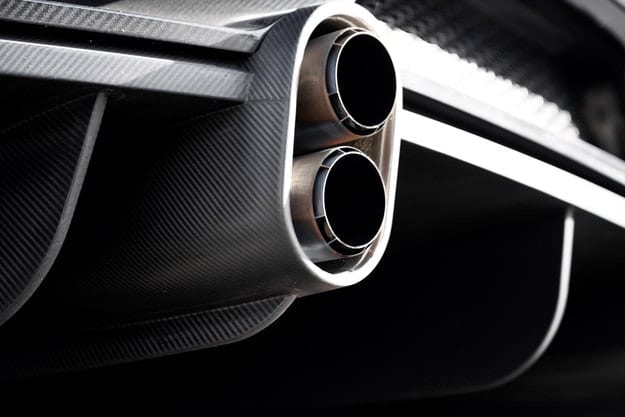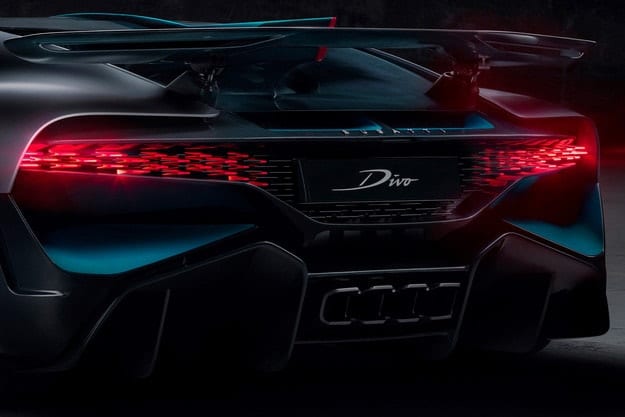
Bugatti: 3D printing at the heart of Chiron
The French manufacturer uses this technology in 2018 for the Chiron Sport model.
Since 2018, a manufacturer from Molsheim has been using 3D printing technology to manufacture certain Chiron hypersport parts, such as Pur Sport and Super Sport 300+ titanium exhaust tips.
Like Ettore Bugatti, the founder of the tricolor brand, which regularly demonstrates innovations in the design of its models (we owe it mainly to alloy wheels and a hollow front axle), the engineers responsible for the development of new Bugatti models include the latest innovations. in construction or engineering in his creations. 3D printing technology, the benefits of which are already well known, is one of them.
Bugatti used this technology in 2018 in the Chiron Sport model, which was then equipped with exhaust tips from Inconel 718, a hard and light nickel-chrome alloy, especially heat-resistant (in this case, aluminum melts). The following brand models (Divo, La Voiture Noire, Centodieci ...) will also benefit from this manufacturing process for selling their exhaust pipes.
These elements created using 3D printing have several advantages. On the one hand, they are more heat-resistant and eliminate the heat accumulation created by the 8,0-liter W16 engine with 1500 hp, and they are also lighter than nozzles made using the usual production method. (The Chiron Sport weighs only 2,2 kg, for example 800 g less than a regular nozzle).
In the case of the new Chiron Pur Sport, Bugatti manufactures titanium exhaust nozzles with 3D printing, and the manufacturer indicates that this is “the first visible metal part printed in 3D with homologation for traffic”. This nozzle, 22 cm long and 48 cm wide, weighs only 1,85 kg (including grille and maintenance), which is approximately 1,2 kg less than the standard Chiron.
The special laser printing system used for 3D printing consists of one or more lasers, which in turn melt dust layers from 3 to 4 microns in size. 4200 layers of metal powder are stacked on top of each other and fused together, forming a Chiron Pur Sport exhaust nozzle, which will withstand temperatures above 650 degrees Celsius, providing thermal insulation of neighboring parts thanks to a double outer wall.
Before a thorough inspection and installation on a vehicle, these elements will finally be specially coated. For example, Chiron Sport is sanded with corundum and black varnished with high-temperature ceramic paint, while Chiron Pur Sport and Super Sport 300+ are available in brushed titanium.
Guaranteeing the durability, ultralightness and aesthetics of the parts, the 3D printing technology, still used mainly in aeronautics and space, seems to have finally found its place among car manufacturers, even the most demanding.


